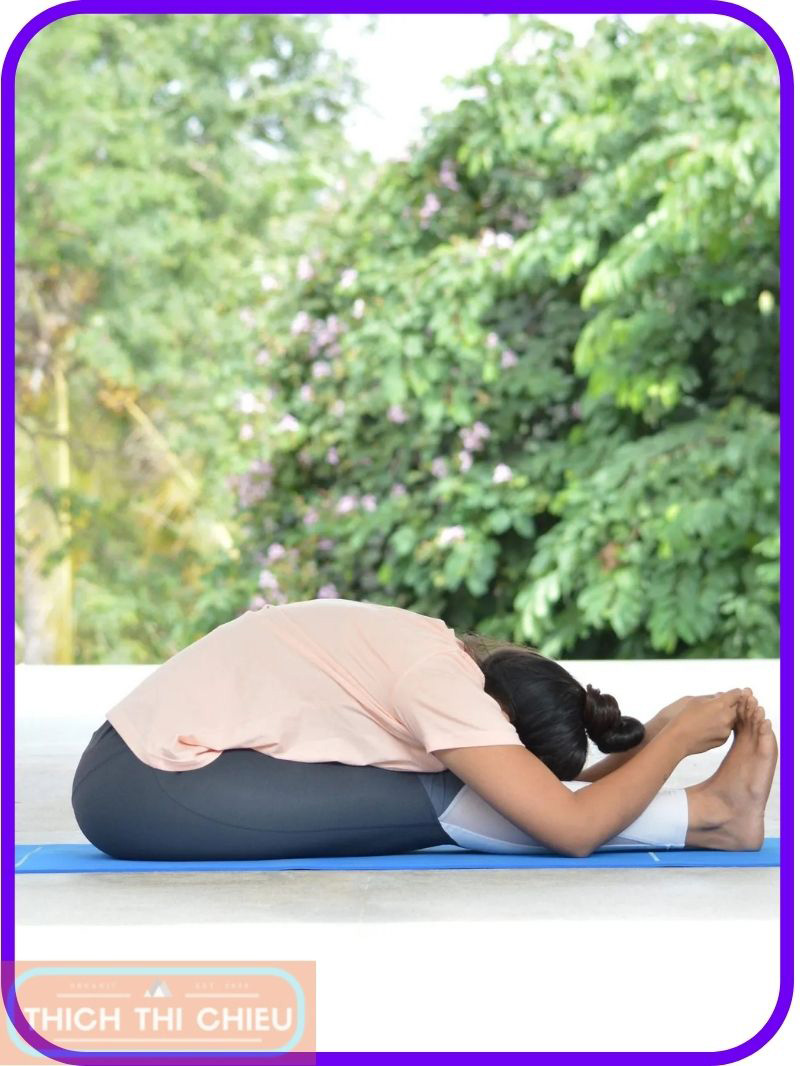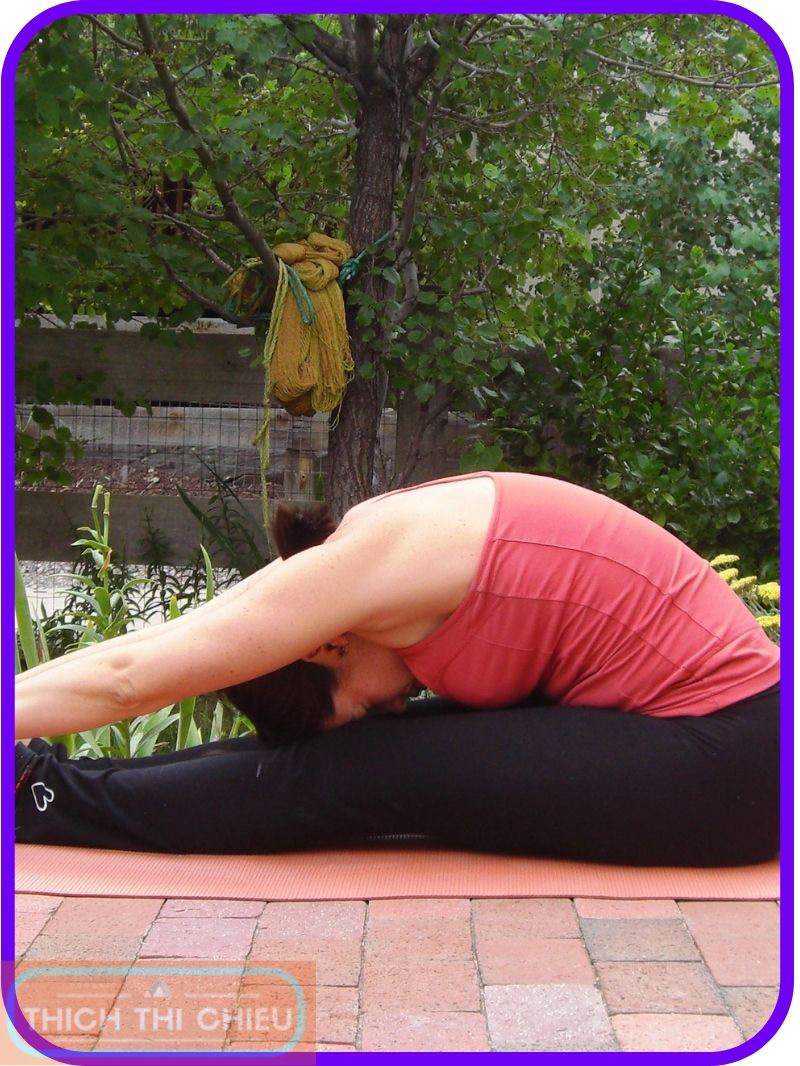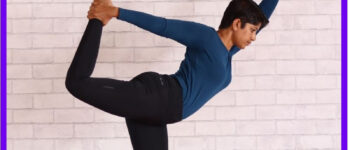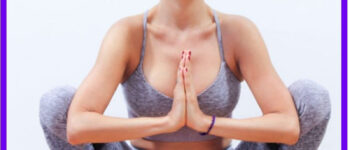In the realm of yoga, Paschimottanasana, also known as the Seated Forward Bend Pose, stands as a cornerstone of practice, revered for its profound impact on both the physical and mental dimensions of well-being. This pose, deeply rooted in ancient yogic traditions, systematically targets the posterior chain of the body, stretching the hamstrings, back muscles, and hips, while simultaneously promoting spinal elongation and flexibility. As you delve into the intricacies of this transformative asana, you embark on a journey of enhanced flexibility, strengthened core muscles, and cultivated mental clarity.
Benefits of Paschimottanasana
Physical Benefits of Paschimottanasana
Paschimottanasana extends its benefits beyond mere physical stretching, encompassing a holistic approach to well-being. It is a versatile pose that offers a wide range of benefits for the physical body, including:
Enhances Flexibility
Paschimottanasana targets the posterior chain of the body, stretching the hamstrings, back muscles, and hips. This deep stretch improves flexibility and range of motion, reducing tightness and stiffness in the lower body.
Promotes Spinal Elongation
The forward-bending nature of the pose lengthens the spine, alleviating tension and improving posture. This elongation helps to create space between the vertebrae, reducing pressure on the spinal nerves and promoting overall spinal health.
Massages Internal Organs
The gentle pressure applied during the pose stimulates internal organs, aiding in digestion and elimination. This massage-like effect can help to relieve constipation, improve nutrient absorption, and boost overall digestive health.
Additional Physical Benefits of Paschimottanasana:
- Reduces muscle tension and pain
- Improves circulation
- Strengthens the core muscles
- Enhances coordination and balance
- Promotes relaxation and stress reduction
Mental and Emotional Benefits of Paschimottanasana
Paschimottanasana’s influence extends beyond the physical realm, profoundly impacting the mental and emotional landscapes:
Reduces Stress and Anxiety
The meditative nature of the pose cultivates mindfulness and concentration, improving mental clarity and focus. This mindful engagement helps to calm the nervous system, reduce stress hormones, and promote a sense of relaxation and peace.
Elevates Mood
The pose stimulates the release of endorphins, the body’s natural feel-good chemicals. This endorphin rush can contribute to an overall sense of well-being, elevating mood and reducing feelings of anxiety and depression.
Enhances Mental Focus
The focused and controlled nature of Paschimottanasana trains the mind to stay present and focused, improving concentration and reducing distractions. This mental discipline can translate into improved focus in daily activities and enhanced cognitive function.
Additional Mental and Emotional Benefits of Paschimottanasana:
- Promotes self-awareness and introspection
- Cultivates patience and perseverance
- Enhances self-esteem and body image
- Encourages self-acceptance and self-love
Contraindications and Precautions for Paschimottanasana
Spinal Injuries
Individuals with pre-existing spinal injuries, such as herniated discs or spinal stenosis, should consult a healthcare professional before practicing Paschimottanasana. The deep forward bend of the pose can put strain on the spine and potentially worsen existing conditions if not done with proper alignment and support.
Herniated Discs
Herniated discs, where the soft inner material of the spinal disc protrudes outwards, can be aggravated by excessive forward bending. Individuals with herniated discs should avoid Paschimottanasana or modify the pose by placing a cushion under their hips to reduce the intensity of the stretch.
High Blood Pressure
Paschimottanasana can temporarily raise blood pressure due to the increased blood flow to the head. Individuals with high blood pressure should modify the pose by using a wall for support and keeping the head at a neutral position to avoid excessive strain on the cardiovascular system.
Additional Contraindications and Precautions:
- Recent Abdominal Surgery: Avoid Paschimottanasana if you have recently undergone abdominal surgery, as the deep stretch can put strain on the incision site and hinder healing.
- Pregnancy: Pregnant women should approach Paschimottanasana with caution, as the pose can put pressure on the lower abdomen and potentially strain the ligaments supporting the uterus.
- Acute or Chronic Back Pain: If you experience acute or chronic back pain, consult a healthcare professional before practicing Paschimottanasana. The pose may aggravate existing pain if not done with proper alignment and support.
Stepping into Paschimottanasana
Preparation for Paschimottanasana
Before embarking on Paschimottanasana, it is crucial to prepare your body and mind for the deep stretch involved.
- Warm-up: Engage in gentle warm-up exercises to prepare the muscles for stretching, especially the hamstrings, back muscles, and hips. This could include light cardio, dynamic stretches, and sun salutations.
- Empty Stomach: Avoid practicing Paschimottanasana on a full stomach to allow for comfortable breathing and prevent digestive discomfort. If you have recently eaten, wait for at least two hours before practicing the pose.
- Mindful Approach: Approach the pose with a calm and focused mind, setting aside any distractions and focusing on the breath and body sensations.
Executing Paschimottanasana
- Seated Position: Begin by sitting on the floor with your legs extended forward, feet flexed, and toes pointed upwards. Keep your spine straight and lengthen the crown of your head towards the ceiling.
- Elongating the Spine: Draw your shoulders away from your ears and lengthen your spine, maintaining a straight back. Engage your core muscles to stabilize your lower back and prevent excessive rounding.
- Reaching for Toes: Gently hinge at the hips, reaching your hands towards your toes. Keep your arms extended along the legs, maintaining a straight spine.
- Grasping the Feet: If you can reach your toes, grasp the big toes or ankles with your hands. If not, use a strap looped around the arches of your feet to assist you in reaching the toes.
- Deepening the Stretch: Gradually deepen the forward bend, keeping the spine straight and lengthening the neck. Avoid rounding your back or forcing the stretch.
- Maintaining Awareness: Throughout the pose, maintain awareness of your breath, allowing it to flow naturally and without strain. Focus on the sensations in your body, observing any tension or discomfort without judgment.
- Coming Out of the Pose: To release from the pose, gently engage your core muscles and slowly lift the torso, maintaining spinal elongation. Rest your hands on your thighs or the floor.
Variations and Modifications
Paschimottanasana offers various modifications to accommodate different levels of flexibility and comfort:
- Using a Strap: For those with limited hamstring flexibility, use a strap looped around the arches of the feet to assist in reaching the toes.
- Seated on a Cushion: Elevate the hips by sitting on a folded blanket or cushion to reduce the intensity of the stretch. This allows for a deeper forward bend while maintaining a straight back.
- Supported Forward Bend: If you experience discomfort in the back of the neck, rest your forehead on a block or cushion, allowing the arms to extend along the legs for a gentler stretch.
With regular practice and mindful engagement, Paschimottanasana can become a powerful tool for enhancing your physical, mental, and emotional well-being. Hopefully, the above article of TTC has provided you with useful information. If you have any questions or concerns, please leave a comment below.







Leave a Reply